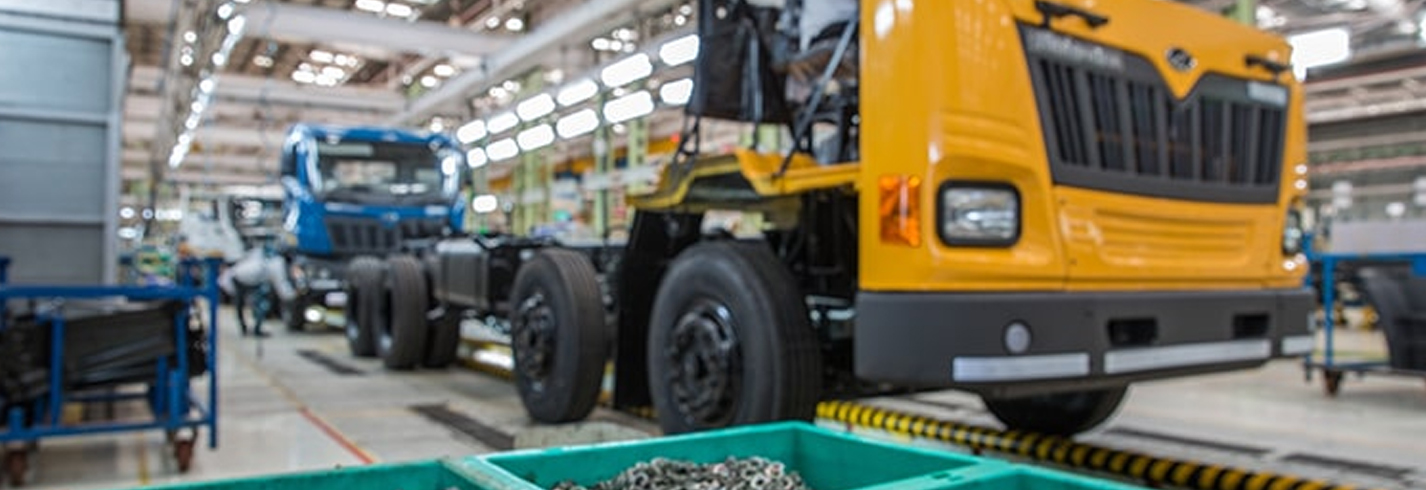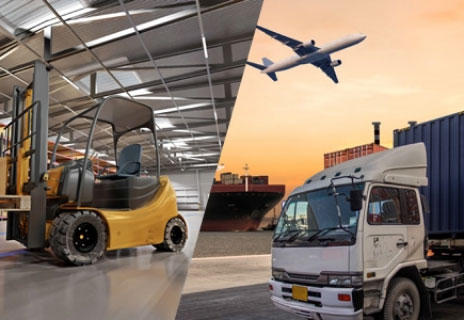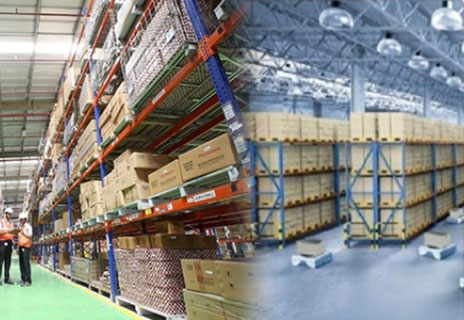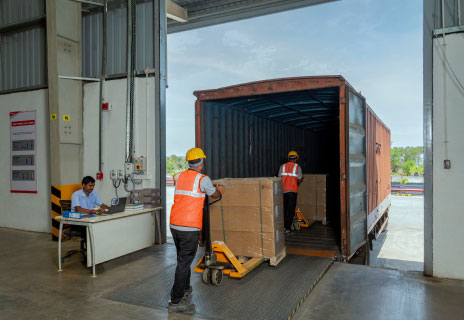
Jis and Jit delivery processes brings cost and space efficiency
Published on: May 2021
Today, the Automotive Industry is one of the biggest industries contributing to the world’s economy. Auto companies have the most complex supply chain architecture. The inbound transportation and production supply chain for auto OEMs, auto component manufacturers and engineering companies have similar requirements although the scale and complexity differ. Efficient logistics management can be termed as a survival factor for any automotive company. Logistics plays a key role in the lifecycle of a vehicle. In fact, the third-party logistics or 3PL concept has originated from the automotive sector. Right from shipping the components to the manufacturing plant, storing them, getting them to the assembly line and finally taking the endproduct to the market, it’s all about logistics. Over the decades, automotive manufacturing has evolved. A typical also increased in the past few years, creating an additional opportunity for logistics players.
LATEST TECHNOLOGIES
Use of IoT (Internet of Things), RFID devices are improving the efficiency and productivity of manufacturing operations and helping minimise new vehicle delivery times. With the help of technology, manufacturers can track the pulse of the entire fleet in real-time and ensure everything moves smoothly.
Few of the latest and upcoming technological trends in the logistics sector include:
- Warehouse Robotics and Automated Guided Vehicles:
While system-guided manual processes can improve warehousing efficiencies to a significant extent, completely automated warehousing operations through warehousing robotics and AGVs can elevate warehousing efficiencies and material throughput into a completely different orbit.
- IoTs on Trucks:
Sensors in a truck can not only detect GPS coordinates and speed but now can monitor rapid accelerations and de-accelerations automobile plant’s job is to assemble the vehicle. Everything else comes from the suppliers. Vehicle manufacturers no longer store parts in their factories. Instead, the vendor parks the parts outside, after which their logistics partner brings them to the assembly line. This makes logistics a key function.
KEY TRENDS
Auto logistics has seen major changes. Until about five or six years ago, every auto company either handled their own logistics or brought in international players, to do it for them. Companies didn’t believe Indian logistics players could handle their needs efficiently. Interestingly, a lot of them have now transferred their logistics operations to Indian logistics players. They have become increasingly confident in Indian logistics companies’ ability to handle ‘Just In Time’ (JIT) and ‘Just In Sequence’ (JIS) deliveries, which are highly critical for any vehicle maker. Processes such as JIT and JIS as well as rapid lane shifts (through G-force sensors), thereby monitoring driver behaviour. Next wave of disruption is expected to come through sensors, proactively steering driver behaviour, thereby increasing fuel efficiency, reduced idle time, increased customer OTIF and increased overall life of the vehicle.
- Advent of Cloud:
Procurement and adoption of advanced supply chain planning and optimisation software used to be an expensive proposition in India, until the advent of the cloud. SaaS and PaaS have completely transformed the supply chain technology, landscape resulting in unprecedented adoption of are increasing the efficiency and are helping in cost and space optimisation. Manufacturers can now focus on core work of manufacturing while 3PL players take care of smooth logistics.
In the post-GST era, a lot has changed in the manufacturing of a vehicle. Today, tax-driven decision on supply chain is replacing with market-driven decisions. For example, auto makers need not manufacture the entire vehicle inside the plant, though they build the vehicle inside the plant. There is a lot of key work that can happen outside the plant-like rim fitting, mirror fitting, wheel caps which are done by 3PL logistics players. This didn’t happen in India due to the Excise law before GST, which didn’t allow the manufacturer to move the vehicle unless it was completely built. Now with GST in place there is no Excise duty. This opens up a totally new avenue for 3PL logistics players. Also, many automakers are exporting products to different parts of the world. This has the technology and this trend is only going to gather steam going forward. In the time to come, all software licenses including licenses for advanced optimisation engines are going to be based on pay-per-use subscription models.
He has experience spanning over 28 years in diverse fields like sales, distribution, marketing, channel management, supply chain management and IT consulting. He has been associated with industries like automobiles, consumer goods, and E-commerce.





